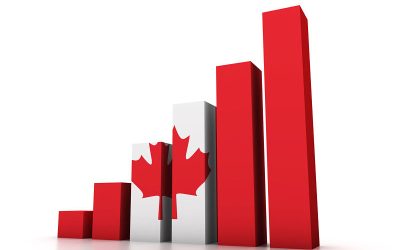The following blog post on the challenges of sustaining clean water resources in Mexicois a follow-up on the opportunities for Cleantech companies in Mexico blog post.
Reaching drinkable clean water is a global growing challenge. It is becoming harder year by year to reach these resources. According to official numbers, water availability in Mexico per capita has reduced from 18,035 m3/inhab/year in 1950 to 3,982m3/inhab/year in 2013. It is getting more difficult to reach clean water resources, and preventing leaks and decreasing loss of the water already in the distribution system is becoming a greater challenge. Controlling the destructive effects of climate change, together with maintaining the infrastructure that supports this valuable resource are both of great importance.
In this week’s blog, you’ll read about the projects and plans for maintenance and rehabilitation of the existing water distribution systems in Mexico.
There are many exciting potential projects in Mexico. BC Cleantech companies can find many interesting areas to help Mexico with the challenges they face in sustaining these water resources.
Maintenance/Rehabilitation of Existing systems
In Mexico, municipalities have the responsibility to provide water and sanitation services. The National Water Commission—a federal agency—has developed a scheme called Integrated Management Improvements to maintain better existing water assets. Its scope includes the rehabilitation of tube wells and pumps, the automation of equipment and telemetry systems, the installation of domestic meters, and the repair of water distribution networks.
Leaks
It is estimated that between 30% and 50% of water produced in Mexico is lost through leakage. Thus, a number of municipalities have shown interest in finding efficient leak detection systems and implementing pipe rehabilitation solutions that do not require opening up the road—as they create traffic problems particularly in large urban areas.
Wastewater
Despite efforts in the past decade, only 36.1% of wastewater is treated in Mexico. In the Mexico City Metropolitan Area this figure is even smaller: 6%. To address this, a number of new, larger, and bigger-capacity wastewater treatment plants are being constructed.
Stormwater
Mexico has noticeable variations of rainfall according to the area (heavy in the southeast and meagre in the northwest). In some areas , storms are of high intensity and short length, which makes urban developments (like Mexico City) vulnerable to flooding, whilst other areas may suffer water shortages. To better handle this situation, efficient rain collection and flood control infrastructure suppliers are needed.
Billing/collection
Some estimates indicate that over 50% of water supplied is not paid for, and that tariffs cover only between 20 to 40% of the cost of providing water and sanitation services. Therefore, it might be necessary to introduce new billing and debt collection systems to make this process more efficient.
Wastewater chemical market to grow from industrial water demands
The escalating use of water for industrial processes has spurred the need for water and wastewater treatment, boosting the demand for water and wastewater treatment chemicals in Mexico. Growing awareness on water legislations will continue to drive the market in the country, although major improvements in infrastructure are still required.
New analysis from specialists finds that the market earned revenues of more than $342.9 million in 2012 to reach $473.1 million in 2017.
Fast-growing industries and rising water prices have compelled several plants in Mexico to install their own water treatment facilities, sustaining investments in the country’s treatment chemical market.
Water regulations at the federal, state and municipal levels in Mexico allow water usage only through authorization, subject to terms and conditions. This legal frame accelerates the adoption of chemicals for industrial water and wastewater treatment.
However, the irregular water availability in Mexico makes sustainability difficult. Water treatment stations are located only near the biggest cities, and the lack of basic infrastructure in peripheral cities and rural areas curb the market’s overall scope. Environmental organizations’ opposition to the use of chemicals and the discharge of toxic chemicals directly into sewers further hampers the uptake of treatment chemicals.
The trend of substituting conventional treatments for other technologies such as membranes, ultrafiltration and ultraviolet rays will also affect chemical suppliers’ revenues. Unfortunately, the high costs of these non-chemical industrial water and wastewater treatment processes may ensure that chemical treatment remains the process of choice.
This post concludes the initial market opportunities addressed by our expert team in Mexico. You can always contact Alacrity Canada to learn more about the Cleantech Scale Up Program and expand your opportunities in developing global markets.






